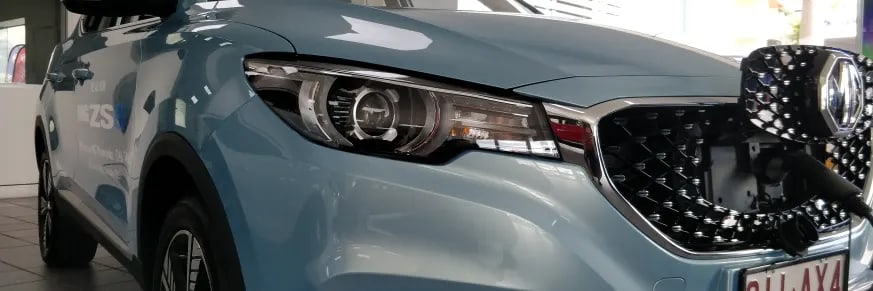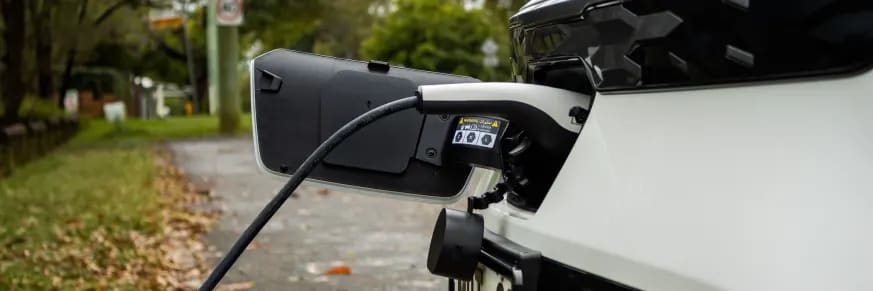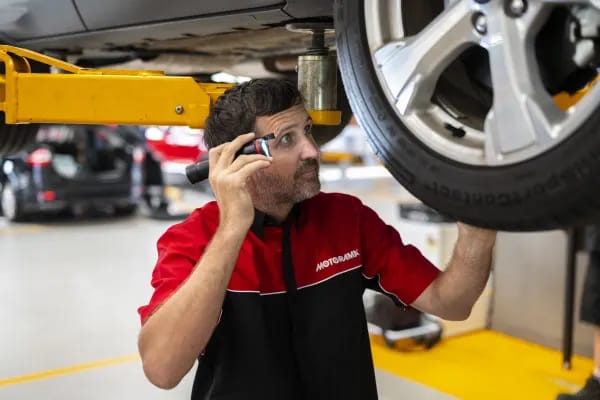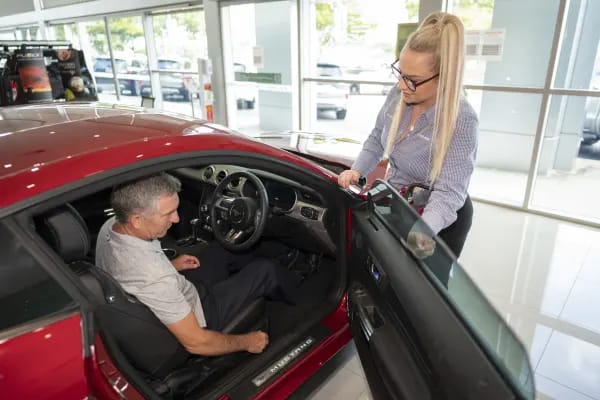
What To Consider When Buying An Electric Vehicle
Posted in Buyer Advice
What To Consider When Buying An Electric Vehicle
There a quite a few things to consider before buying an electric vehicle. We've put together the 4 most important points so you know exactly what to think about!

DOES IT WORK FOR ME
Let's be honest, if you often drive long distances over 200 km each day, then an electric car is probably not a good option for you now. Battery capacity of EV's is simply not big enough to support long haul driving as charging would take too long. But most Australians drive less than 40 km each day, and most households have a second car. You can consider replacing the ‘runabout’ with an electric vehicle. As an alternative, you can also hire a standard petrol car when travelling long distances.
Though electric vehicles come in all sizes, there is no off road ready 4x4 EV available at the moment. So if you want to explore the Outback, an EV is probably also not the best choice for you. But otherwise you can get an EV in the shape of a compact hatch, mid-size sedan or even a seven-seater.

CHARGING
Does your house have a covered parking spot or is there a public charging point nearby? These are some of the first questions you should be asking when considering buying an electric vehicle. If you can simply park your car at home and charge it safely overnight, then you can rest assured you will have enough juice the next morning. Simply plug it into your wall socket and though slow, it will do the trick.
The other option is to buy a dedicated wall charger, which is a bit of an investment ($1000+) and requires an electrician to install as it usually runs on its own circuit breaker. Consider getting a more powerful onboard charger if you find yourself heading out for some juice immediately after getting home. A powerful charger ensures that you get maximum charge in a short stay.
Another thing to check is the EV’s charge port and ensure it is compatible with available public charging infrastructure near you. Most EVs have a DC fast charging option. Charging stations can be found at locations such as shopping centres, town centres, airports and even libraries. While some of these charging stations are free to use, most form part of larger networks that require either a membership to use or operate on a pay-as-you-charge basis. It’s also important to keep in mind that you may encounter queues to use these chargers, with other EV drivers using them as well.

RANGE
Most electric vehicles offers anywhere between 200 km and 400 km of driving range. During normal usage, the useful capacity and power of batteries decrease over time, but the range shouldn't be affected too much within the warranty period.
Driving less than 40 km a day shouldn’t be an issue, however if you plan to do a 100 km stretch more frequently, you might need to think twice about buying an electric vehicle. Doing some more laps around the neighbourhood until the battery pack passes E or its warning lights appear will help you gauge the range. Ending your trip at a fast charger is a surety that you’ll get home safe without a tow-truck. If the EV starts struggling to get back much of the claimed range, you know you're range is starting to be declining.

BATTERY WARRANTY
Still thinking that the battery of an EV is doomed to fail? Then you must have heard of the myth that after just a few years of use, you’ll be slammed with a shocking bill for replacing your car’s battery. Well, that's simply not true.
Even though batteries will lose capacity over their life span; which is normal, there are substantial separate battery warranties, mostly in the set of 8 years and 150,000 km or longer. These fully cover battery problems such as excess loss of range. But overall, you can rest easy because these batteries do last the vehicle’s lifetime.
If you are going for a used EV, you need to do a range test to determine the battery’s status. Plus electric vehicles transmit relevant vehicle data including battery health, motor temperature, economy, cell voltage etc. on the dashboard or to your smart phone or laptop. A graphical cell display will show whether the pack is out of balance or overheating. In which case you either not purchase the car or have it replaced under warranty.



